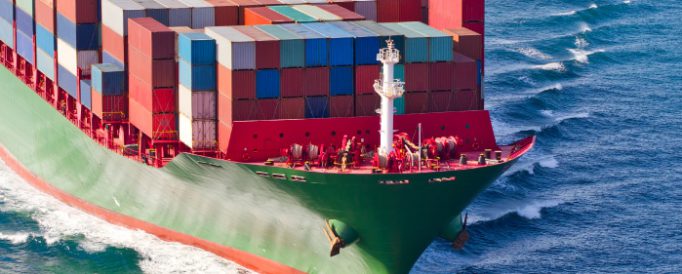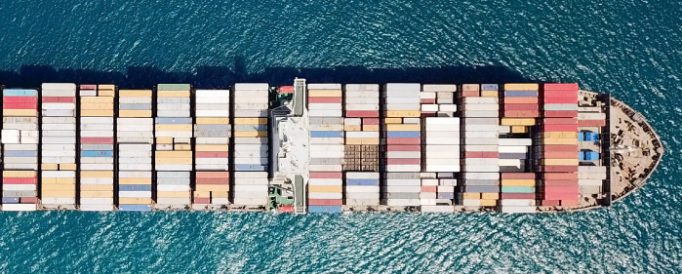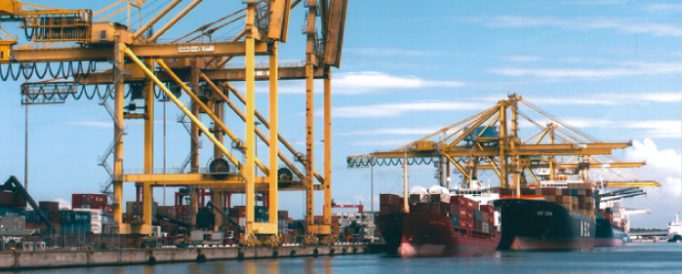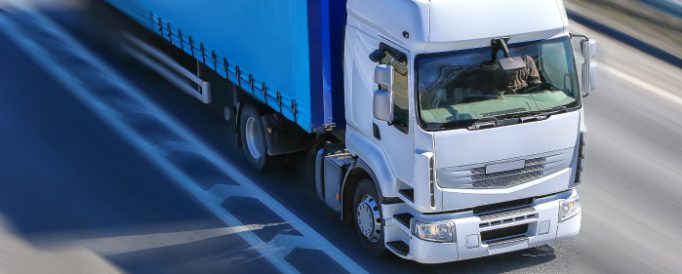What is TPCS
Tuscan Port Community System
The TPCS (Tuscan Port Community System) is the Port Community System of the Port Authority of Northern Tyrrhenian Sea. The TPCS platform digitalizes and simplifies the informatics flows of import and export operations. It is currently used by:
- Terminal operators
- Shippers
- Maritime Agencies
- Institutional Bodies
- Freight Forwarders
- Carriers
- Ship Forwarders
Both the start-up phase and the TPCS roots in the Port Community were completed in 2015. Starting from 2016, the TPCS has become the tool for the management of complex logistics flows.
The TPCS Technical Commission was established on 14th July 2016. The Commission is coordinated by Port Authority and it is composed by representatives of Terminal and Category Association.
The TPCS Technical Commission has enabled to:
- Intervene on the system to improve the service quality;
- Design new functions compliant with both the recent legislative provisions (i.e. VGM function) and the users’ needs.
An instrument capable of increasing the efficiency of port operations
Features
Advantages of TCPS
- Free
- Interactive
- Ecological
- Secure
- Quickly
TPCS enables
What can you do with TPCS
-

Maritime carriers and their representatives: to download data related to departing goods, so that they can correctly present the Inward and outward Cargo Manifest in a completely automatic way.
-

Freight Forwarders: to interactively present customs declarations and electronic loading requests, once customs clearance has been obtained. The Freight Forwarders can control the "gate-in status" of their containers, accessing the "VGM function".
-

Port Terminal: to securely plan and carry out authorized unloading operations and the subsequent containers release, as well as the gate-in operations and the subsequent loading operations.
-

Institutional Bodies: to monitor and control both import/export processes (and the freight handled).
-

Carriers: to check the status of a lot of goods to be collected, printing the single document required to the container release (DVRC). In addition, they can sent to terminals the containers’ weights, through the "VGM" function.
-

Shippers and Weighing nodes: to send the verified gross mass (VGM) associated to containers in export, in order to create electronic weigh certificate using the "VGM" function.
How does it work
Integration and simplification
- Import Area
- Export Area
- Sud Area
The Digital Port
MoniCA & PTP
The Port Authority of Northern Tyrrhenian Sea has identified a long-term strategy (Strategic Innovation Agenda) for the digitalizazion,
the sensorization and the telematisation of the Port, for transforming the "Port Community" in a "Smart Community". The "smart community"
will be able to take the development opportunities generated by the "Logistic 4.0".
The management and the digitalized supervision of the Port System require the use of innovative tools and IT platforms.
MoniCA is the real-time and multi-layer platform of the AdSP, capable of gather data through standard protocols and open IoT interfaces. The data management, aggregation and analysis enable to provide value added services.
The innovation in the logistic field requires the use of tools to support the training tasks, the know- how sharing and the documents dissemination. Hence, the AdSP provides the Port Training Platform (PTP). The PTP is the open-source platform designed for training and dissemination activities, through data sharing and e-learning paths, intended for a wide variety of users who will be able to access the material in a simple, intuitive way, thanks to its being organized in specific areas.
Find out more about: